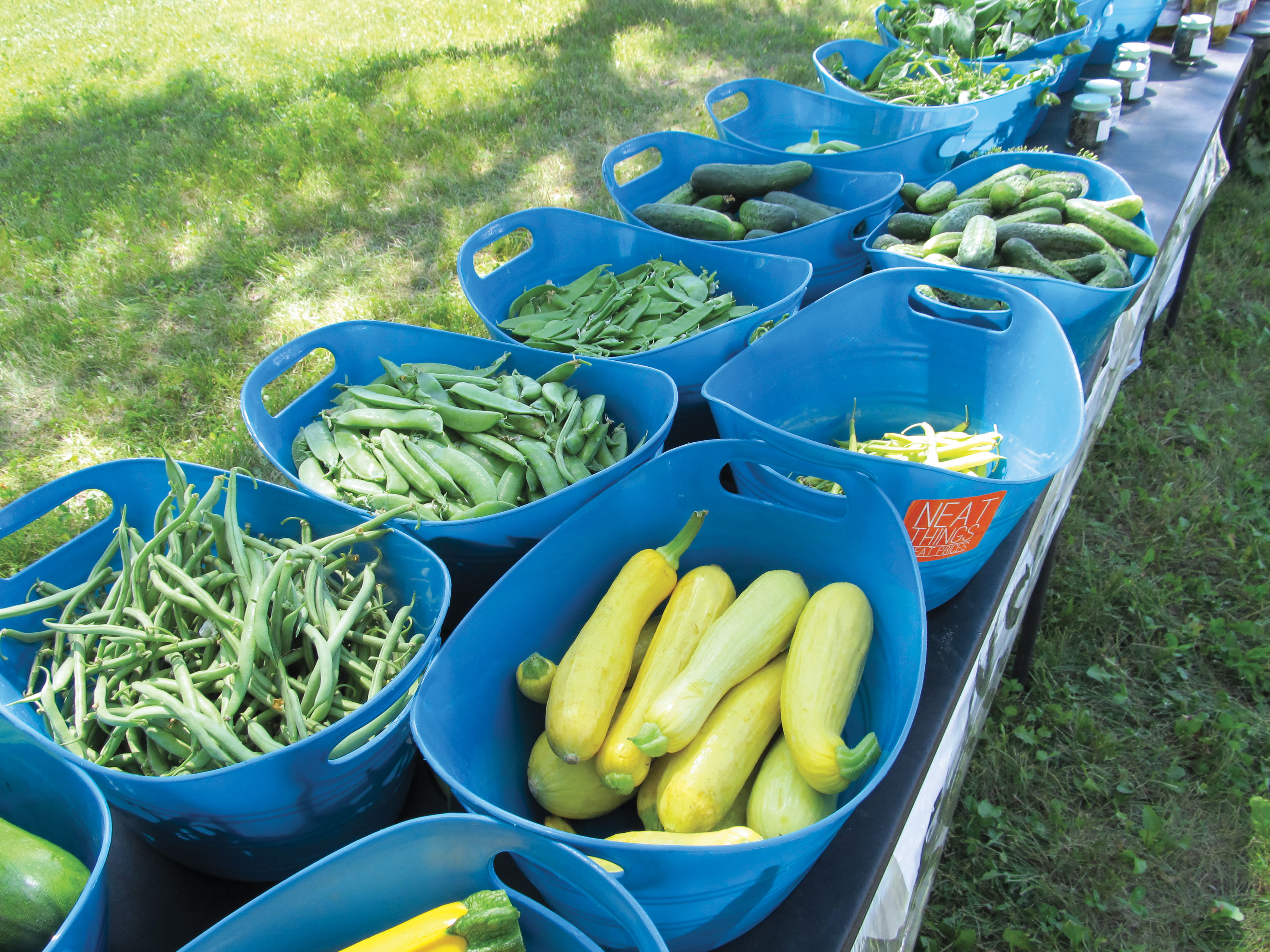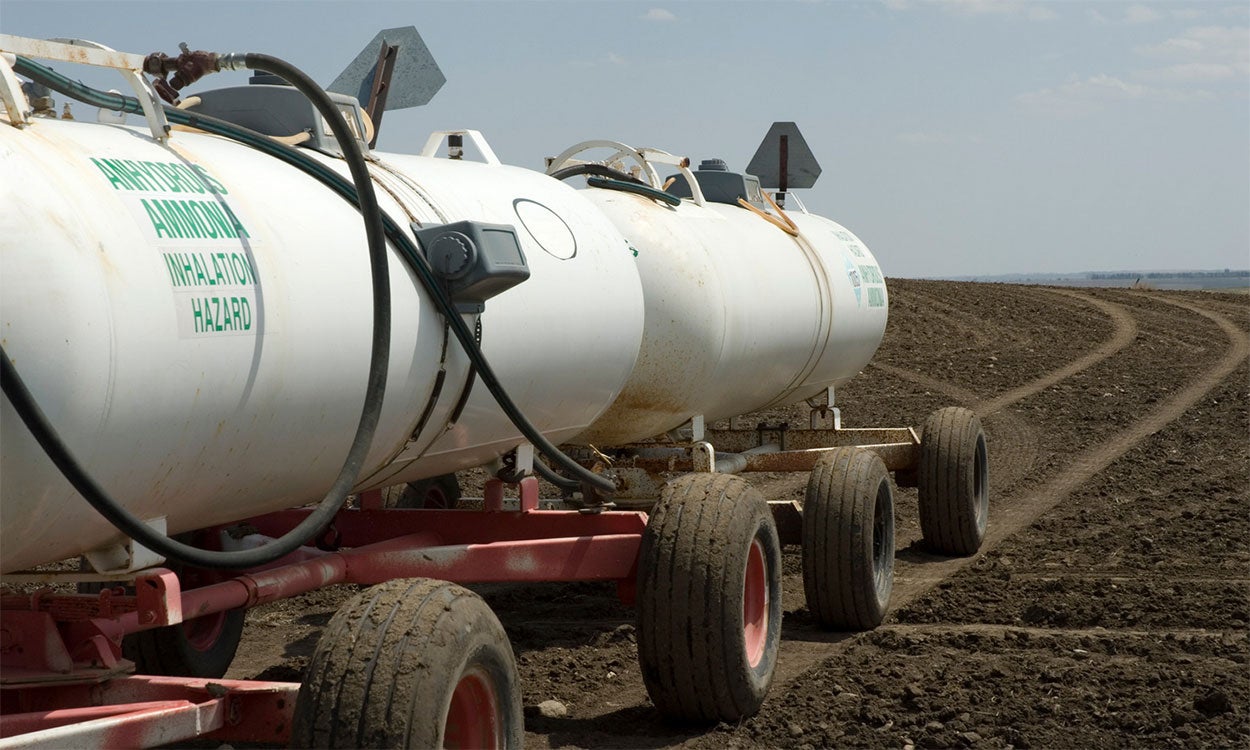Search

Food Safety for Farmers Markets
Food safety bulletins for farmers markets and other direct marketing vendors

Updating Corn Nitrogen Fertilizer Rate Recommendations in South Dakota
Fact sheet updating corn Nitrogen Fertilizer Rate Recommendations in South Dakota.

South Dakota Fertilizer Rate Guidelines Calculator for Corn, Soybean, and Wheat
Calculator for Fertilizer Guidelines for Corn, Soybean and Wheat in South Dakota

Bacterial Leaf Streak of Corn: A New Corn Disease in South Dakota
Bacterial leaf streak, caused by Xanthomonas vasicola pv. vasculorum (Xvv), is a recently discovered disease of corn in South Dakota. The disease was first identified in Nebraska in 2016 but now has been found in the majority of the Corn Belt states. Under favorable weather conditions bacterial leaf streak can develop to reach yield reducing levels. Like any other bacterial disease, once symptoms develop there is little that can be done to control it in the field. However, it is important to correctly diagnose this as a bacterial disease because it can be confused with gray leaf spot which is a fungal disease.

Fungicide Resistance: Risk and Management
What is fungicide resistance?
Fungicide resistance can be defined as when a pathogen population is no longer sensitive or has reduced sensitivity to the fungicide that used to control the same pathogen.

Soil Testing for Vineyards in South Dakota
Not all soils are conducive to growing quality grapes, so prospective vineyard sites should be tested before a decision is made to plant grapes. Tests can identify soils that are either too high in pH, salts, or salinity, or that are “too rich” (too high in organic matter and nitrogen) for grapes. In addition, testing before planting allows for the incorporation of nutrients—such as phosphorus—that do not move easily through the soil to plant roots.

Sorghum Trial Results
In 2023, sorghum trials were conducted in 2 locations in South Dakota.

Spring Wheat Variety Trial Results
The 2023 spring wheat reports include data from 10 locations with regional summaries.

Field Pea Variety Trial Results
In 2023, field pea trials were planted at different locations in South Dakota.

Pre-weaning Pneumonia in South Dakota Beef Herd: A Persistent Problem, Suddenly Gone
This case report describes a southeastern South Dakota cow-calf herd’s experiences with pre-weaning pneumonia. Unlike many beef herds that experience pneumonia in calves on pasture, this herd’s problems were consistent year after year: widespread calf illness was documented in each of 6 consecutive summers. Anecdotally at least, the occurrence of pre-weaning pneumonia in beef herds is more likely to be sporadic and unpredictable from year to year. This herd’s persistent problems were followed by a year in which, after a change in calf vaccination protocol (informed by herd diagnostics), very little pre-weaning pneumonia was observed.